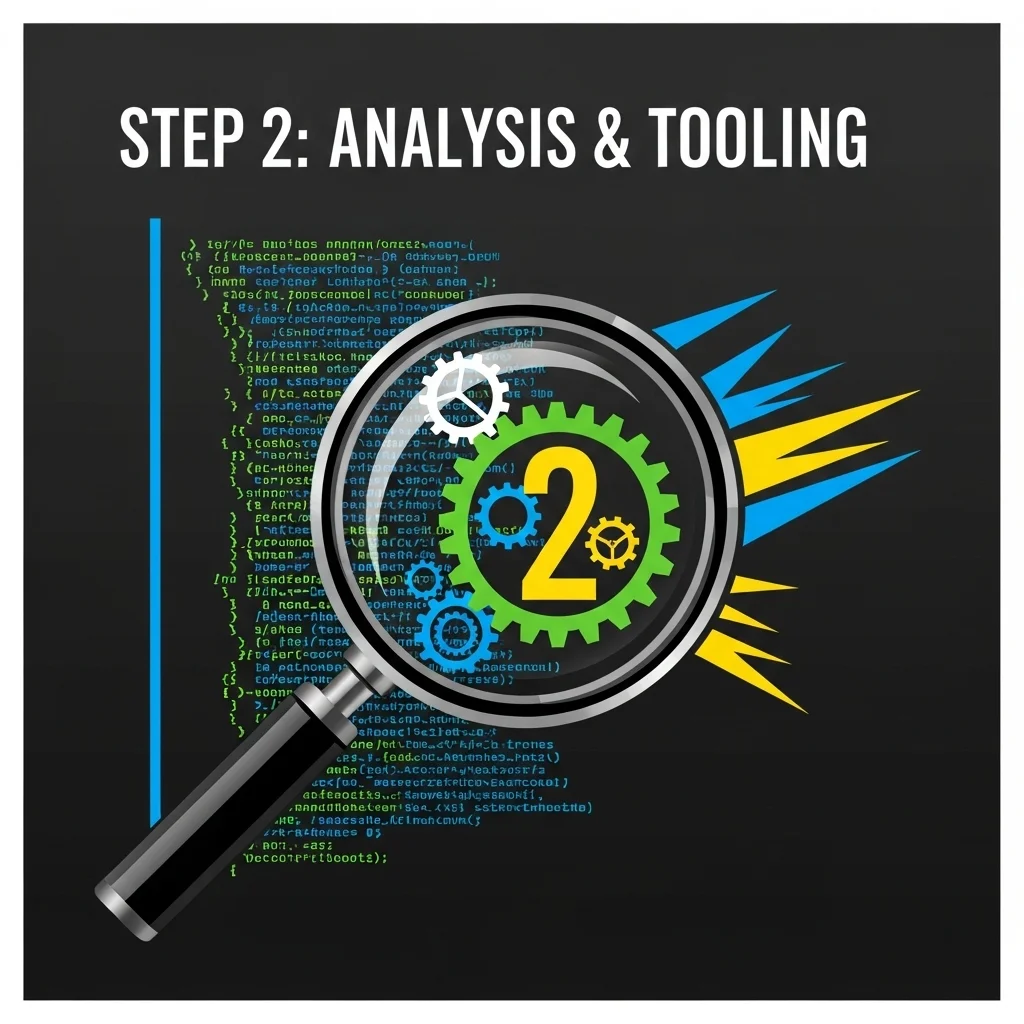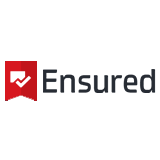Where does it hurt?
Four sharp lenses that miss nothing.
Automate
Do your tests also feed back into CI/CD? We measure coverage, repeatability and reliability, so manual testing is no longer a bottleneck.
Integrate
External APIs, legacy modules or third-party packages? We check dependencies for version control, licences and security risks.
Innovate
Does the chosen framework still fit the roadmap? Our audit clarifies where modernisation is needed, and where it is not.
Secure
Cross-site request forgery, SQL injection, unencrypted data: we hunt for well-known and lesser-known weaknesses and provide clear remediation advice.

Much like a structural survey.
Why a code audit is not a luxury
We often see teams waiting until after an incident to plan an audit. A pity, because preventive checks save on average 30–40 % refactor time later. It is not only about finding faults; an audit also shows what is already working well so you can build on it.
Lower risk of production stoppages
Faster onboarding of new developers
Transparency towards investors
Sharper security compliance
Higher development speed thanks to a clearer structure
Five steps to code quality.
A structured approach for rapid and thorough insight into the health of your codebase.

Step 1: Intake.
We listen to your goals, roadmap and the issues already gnawing at you. Context determines which parts of the code go under the magnifying glass first.

Step 2: Analysis & tooling.
Using static analysis, linting and custom scripts we surface error patterns, duplication and code smells. We review some sections manually, especially when business-critical logic is unclear.

Step 3: Review sessions.
After the tools comes the human factor. Our seniors read the critical modules line by line, test design patterns and challenge naming conventions.

Step 4: Reporting.
No waffle, just clear sections: architecture, database model, background processes, security, infrastructure, repository hygiene and UX consistency. Each finding receives an impact score, priority and suggestion for improvement.

Step 5: Feedback & Q&A.
We walk through everything live with your team. Questions, nuance or debate? We tackle them immediately so the report matches day-to-day reality.

Diving into the technical depths
From architecture to background jobs
A codebase is an ecosystem. When one dependency becomes outdated, the rest will eventually be affected. That is why we start with the pillars:
Architecture & dependencies
DDD, MVC, hexagonal: each pattern has value, provided it is applied consistently. We check whether modules are small enough, whether layers secretly cross each other and whether the chosen framework (Laravel, Spring, Next.js) is still scalable for the roadmap.
Database & data model
In practice we often see columns that accept NULL without reason, missing indexes and relationships enforced in the wrong place. That costs performance and can break integrity. A single missing foreign-key can even cause data loss after an innocent deploy.
Background processes
Cron jobs, queue workers, event streams: does everything run in the right order and with sufficient monitoring? We simulate peak load and measure throughput to surface bottlenecks.

A critical look at collaboration
Repo hygiene, tickets and documentation
Project structure & repository
Think of it as a digital workshop. Unnecessary branches, gigantic commits and missing pull-request templates make maintenance hard. We check branch strategy, commit descriptions and automate linting checks in the CI pipeline.
Issue tracking
Jira, GitHub Projects or Azure Boards? We do not mind, as long as tickets are clearly linked to commits. Only then can you understand afterwards why something was built the way it is.
Documentation
Code without documentation is fine, provided the code is crystal clear. That is often where it pinches. We assess READMEs, ADRs and in-code comments for accuracy and tone.

Looking ahead to tomorrow
Trends influencing your audit
Shift-left security
Security testing is shifting towards development, so we integrate SAST scans into every build. Your team sees vulnerabilities right at the pull request, not in production.
AI-assisted development
Tools such as GitHub Copilot generate code at lightning speed. Handy, but they sometimes include snippets with unclear licences. An audit checks origin and compatibility before you run legal risks.
Cloud-native architectures
Microservices, serverless and containers require different audit frameworks: think distributed tracing and resource limits. We align our checklist accordingly so you remain future-proof.


Need a sounding board?
You do not have to wait until things really go wrong. Book a no-obligation call and find out in ten minutes how an audit can strengthen your project.
Why is a code audit different from a regular code review?
A review focuses on a single feature and usually happens under time pressure. An audit covers the entire codebase, examines patterns, processes and security. It is broader and deeper.
How much of our time will your questions take internally? 😊
Usually we just provide repository access and a brief kick-off. After that Spartner does the heavy lifting. You only need time again during the feedback session.
May we skip certain parts ourselves?
Certainly. Some clients only want security, others only performance. We do advise including at least architecture and database.
What if the code fails the audit? 😬
No panic, we will not burn anything down. You receive a priority list with concrete steps, so you can improve in a structured way without stress.
Do you also examine UX?
Absolutely. UX inconsistencies can indicate underlying code-structure issues. We link visual glitches to technical causes.
Do you offer guarantees?
We guarantee an honest, well-founded opinion. The actual fix depends on implementation, but we remain available for advice.
Will all findings be made public?
No, everything stays confidential. Only you decide what may be shared.
Can you help with refactoring after the audit? 🤝
Absolutely. We can jump in directly or coach your team, depending on what you need.










.webp)
